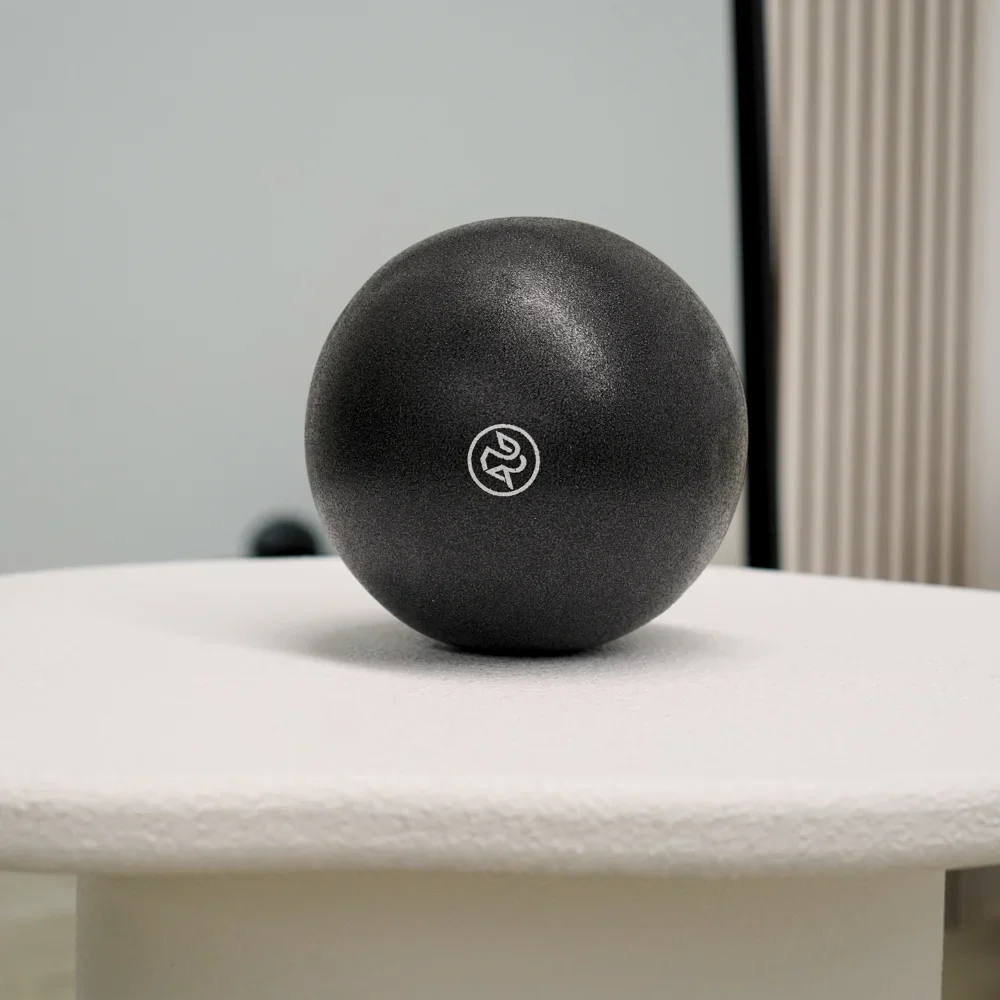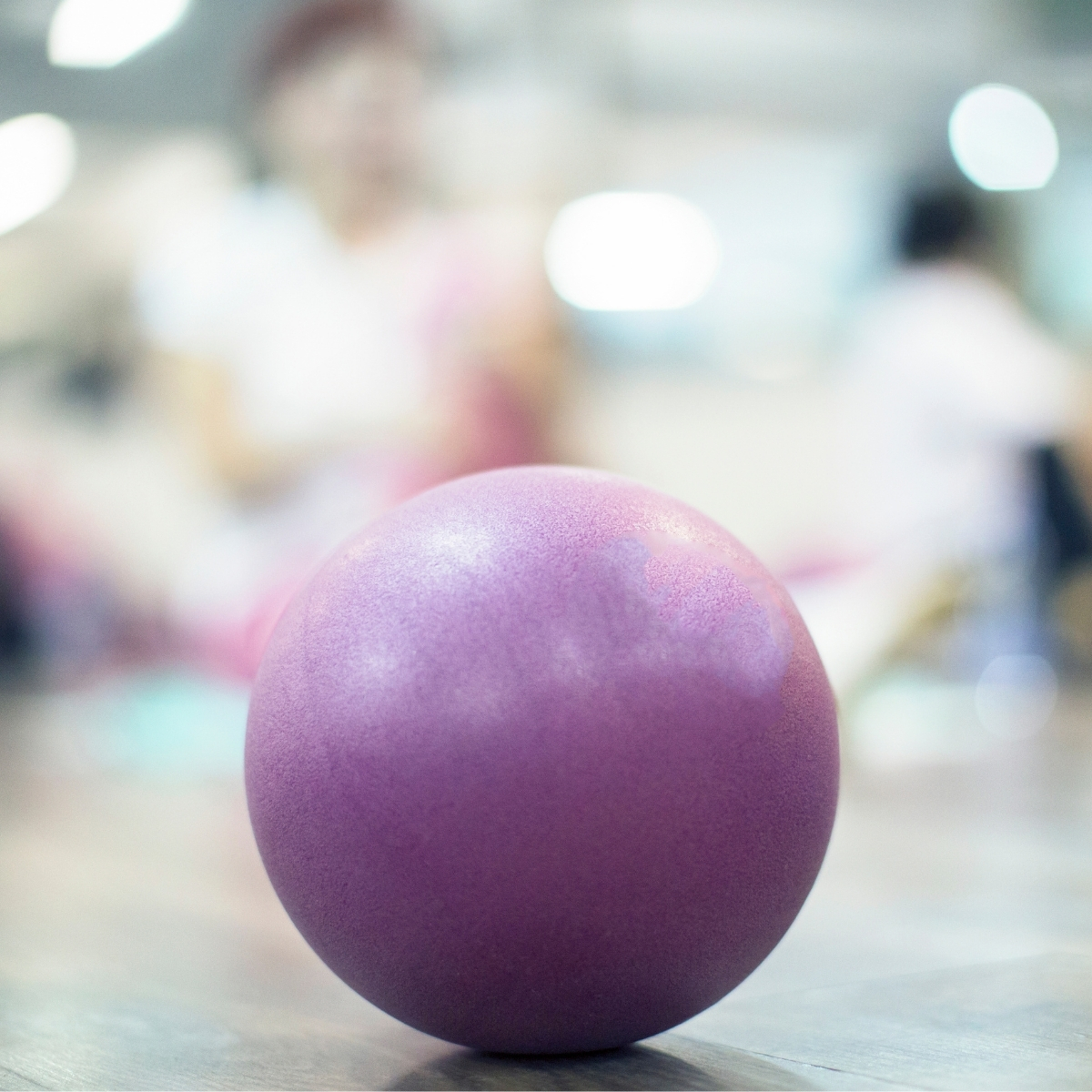Pilates has gained immense popularity as a form of exercise that enhances strength, flexibility, and overall body awareness. Among the various tools used in Pilates, the mini ball and soft ball are two of the most common props. While both serve similar purposes, they have distinct characteristics that can influence your workout experience. Understanding the differences between these two types of balls can help you make an informed decision on which one to incorporate into your Pilates routine.
Understanding the Pilates Mini Ball
The Pilates mini ball, often referred to as a small stability ball, is typically around 25 to 30 cm in diameter. It is designed to provide support and resistance during various exercises, enhancing core engagement and stability.
Features of the Pilates Mini Ball
One of the defining features of the mini ball is its size. Being smaller than traditional stability balls, it allows for more targeted exercises, particularly for the core and smaller muscle groups. The mini ball is often inflatable, which means it can be adjusted for firmness, allowing users to customise their workout intensity.
Additionally, the mini ball is lightweight and portable, making it easy to carry to classes or store at home. Its versatility allows it to be used in a variety of exercises, from pelvic floor work to upper body strength training.
Benefits of Using a Mini Ball
- Improved Core Stability: The mini ball challenges your balance, requiring your core muscles to engage more effectively.
- Enhanced Muscle Activation: It targets specific muscle groups, making it ideal for focused workouts.
- Versatile Usage: The mini ball can be incorporated into numerous exercises, from Pilates to yoga and even rehabilitation.
Exploring the Soft Ball
The soft ball, often referred to as a squishy or air-filled ball, is generally larger than the mini ball, typically measuring around 30 to 40 cm in diameter. Unlike the mini ball, which is designed for stability and resistance, the soft ball is primarily used for support and comfort during exercises.
Features of the Soft Ball
The soft ball is made from a softer material, making it more forgiving on the body. This feature is particularly beneficial for individuals with joint issues or those who are new to Pilates. The larger size of the soft ball allows it to be used for a wider range of exercises, including those that focus on stretching and relaxation.
Moreover, the soft ball is often filled with air, which provides a degree of bounce and cushioning. This can be advantageous for certain exercises where a softer touch is required, such as in restorative Pilates practices.
Benefits of Using a Soft Ball
- Joint-Friendly: The soft ball’s cushioning makes it ideal for individuals with joint pain or those recovering from injuries.
- Supportive: It can be used to support the lower back or neck during exercises, enhancing comfort and stability.
- Encourages Relaxation: The soft ball is perfect for gentle stretching and relaxation exercises, promoting a sense of calm.
Comparing the Two: Key Differences
While both the Pilates mini ball and soft ball are beneficial tools, they serve different purposes and cater to different needs. Understanding these differences can help you choose the right ball for your Pilates practice.
Size and Structure
The most apparent difference lies in their size. The mini ball is smaller and denser, designed for targeted muscle engagement, while the soft ball is larger and softer, providing support and comfort. This size difference influences how each ball is used in various exercises.
For instance, the mini ball is excellent for exercises that require balance and stability, such as core work or leg lifts. In contrast, the soft ball is more suited for restorative exercises, where support is essential.

Purpose and Usage
The mini ball is primarily used to enhance strength and stability, making it a favourite among those looking to challenge their core and improve their balance. It is particularly effective in Pilates classes that focus on strength training and muscle toning. Click here to learn about Small Pilates Ball exercises to improve core strength and stability.
On the other hand, the soft ball is often used in classes that emphasise relaxation and stretching. It can be particularly useful for beginners or those recovering from injuries, as it provides a gentle introduction to Pilates movements.
Choosing the Right Ball for Your Needs
When deciding between a Pilates mini ball and a soft ball, consider your fitness goals, current physical condition, and the types of exercises you wish to perform.
Consider Your Fitness Goals
If your primary aim is to build core strength and improve stability, the mini ball may be the better option. Its design encourages muscle engagement and can help you achieve a more intense workout.
Conversely, if you are looking for a tool that offers support and comfort, especially if you are new to Pilates or have existing injuries, the soft ball is likely the more suitable choice. It allows for a gentler approach to exercise, which can be beneficial in building confidence and strength over time.
Assess Your Physical Condition
Your current physical condition should also play a significant role in your decision. Those with joint issues or limited mobility may find the soft ball more accommodating, while individuals with a solid fitness foundation may prefer the challenge of the mini ball.
Additionally, consider any rehabilitation needs. The soft ball can be particularly useful in physiotherapy settings, where gentle movements are essential for recovery.
Incorporating Your Chosen Ball into Your Routine
Once you have chosen the right ball for your Pilates practice, the next step is to incorporate it into your routine effectively.
Exercises with the Mini Ball
- Core Crunches: Place the mini ball between your lower back and the mat to enhance the engagement of your abdominal muscles during crunches.
- Leg Lifts: Use the mini ball to support your legs during lifts, adding an extra challenge to your core stability.
- Bridge Work: Position the mini ball under your feet while performing bridges to increase the difficulty and engage your glutes more effectively.
Exercises with the Soft Ball
- Supported Back Stretch: Lie on your back with the soft ball under your lower back for gentle support while stretching.
- Seated Forward Bend: Sit with the soft ball in front of you to support your torso as you lean forward, promoting a deeper stretch.
- Gentle Pelvic Tilts: Use the soft ball under your knees while performing pelvic tilts to encourage relaxation and proper alignment.

Conclusion
Both the Pilates mini ball and soft ball offer unique benefits that can enhance your Pilates practice. The choice between the two ultimately depends on your fitness goals, physical condition, and the types of exercises you wish to perform. By understanding the differences and benefits of each ball, you can make an informed decision that aligns with your personal fitness journey.
Whether you opt for the challenge of the mini ball or the comfort of the soft ball, incorporating these tools into your Pilates routine can lead to improved strength, flexibility, and overall well-being. Happy exercising!

Leave a Reply